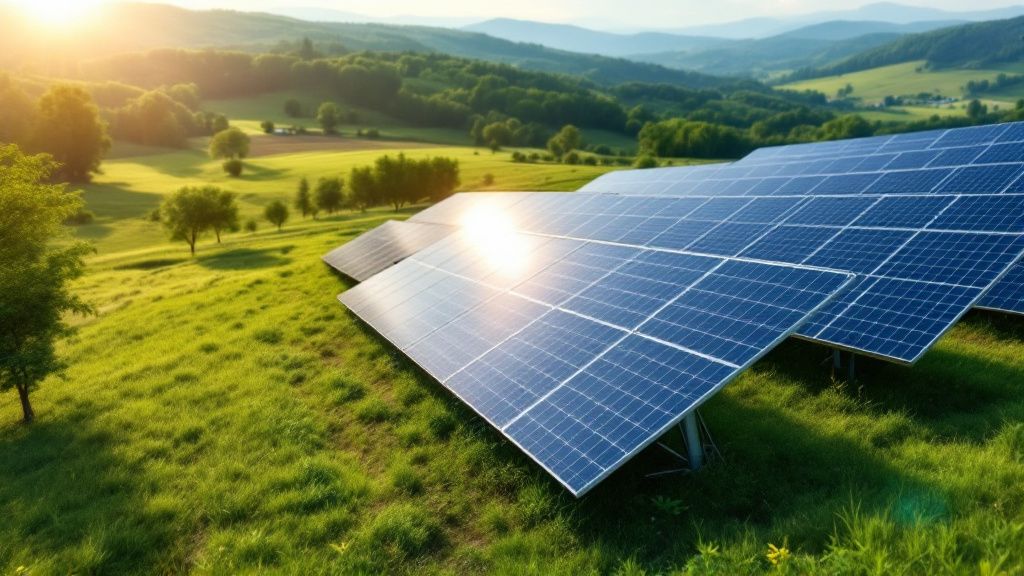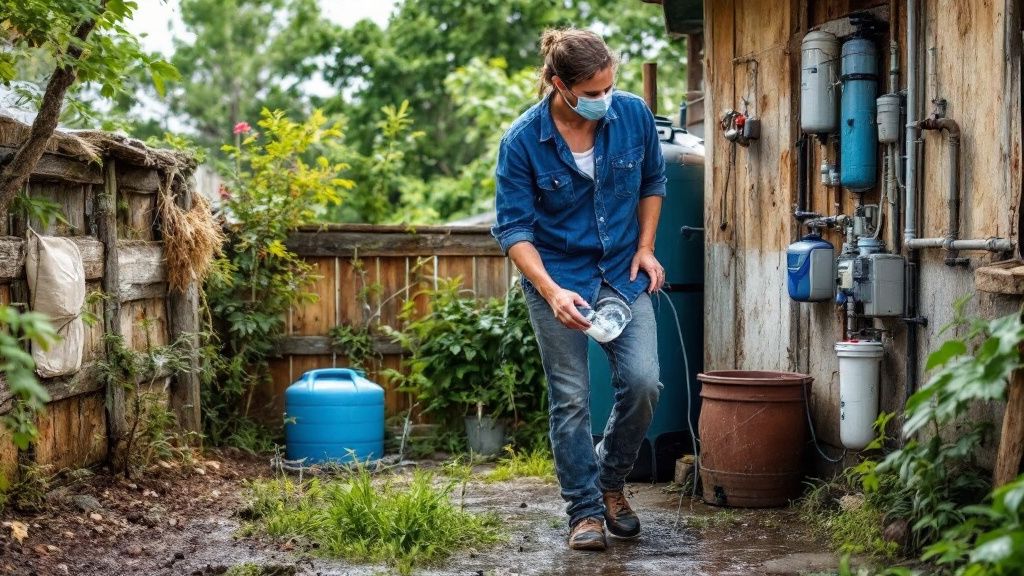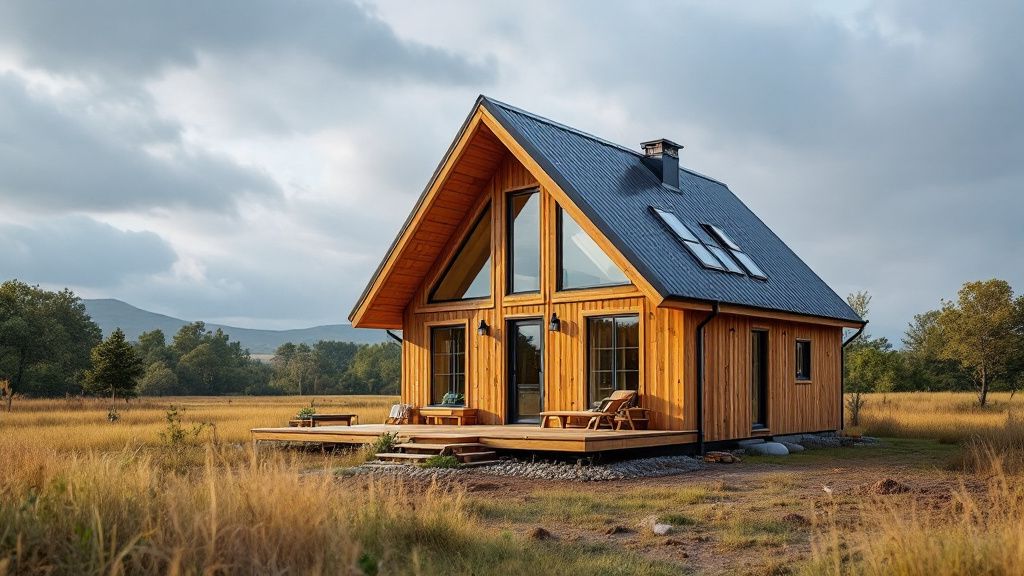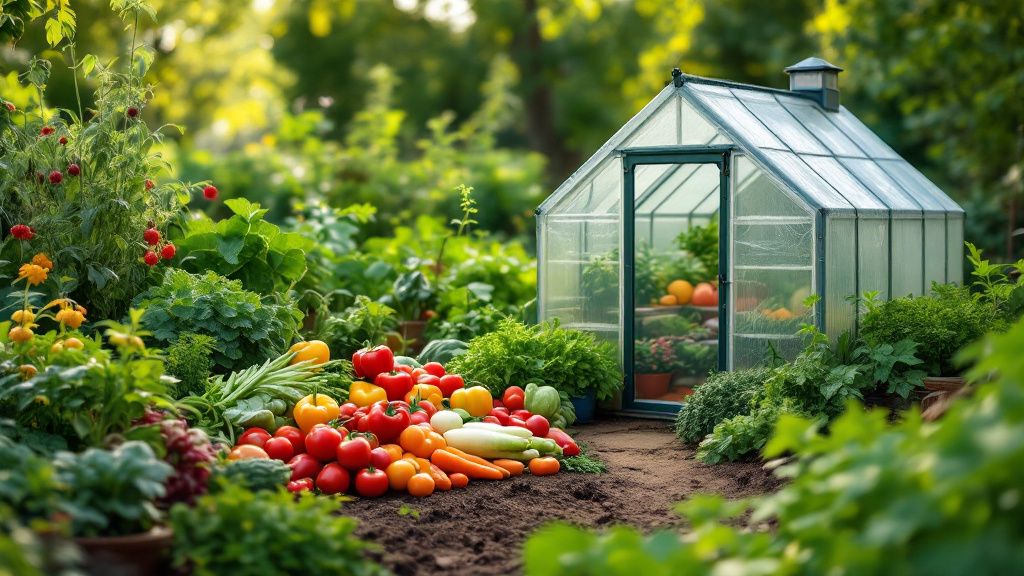Thriving in Self-Sufficient Environments
- California Tiny House
- 1 day ago
- 5 min read
Imagine a life where you're entirely self-reliant, cocooned by nature, and freed from the hustle and bustle of conventional living. This is the essence ofsustainable living, where your harmony with the environment empowers you to thrive in self-sufficient environments. You cultivate your own food, drawing on valuable homesteading tips, and harness solar and wind energy to power your tiny house living. Off-grid homes offer you the unique opportunity to minimize your ecological footprint while maximizing your independence. By creatively utilizing resources and embracing a lifestyle focused on sustainability, you not only contribute to the well-being of the planet but also discover a profound sense of fulfillment.

The Rise of Off-Grid Living
In recent years, off-grid living has gained popularity as people seek to escape urban chaos and embrace a simpler lifestyle. Off-grid homes allow you to disconnect from traditional utilities, offering peace and autonomy. As you explore the possibilities of living off the grid, you connect with nature in a way that fosters both security and creative sustainability.
While the general belief may be that living off the grid is a radical departure from modern convenience, you find a compelling argument for a more balanced approach. Implementing sustainable living practices with the comforts oftiny house livingcombines eco-friendly principles with cozy home layouts. This harmony offers unique opportunities to enjoy an independent, fulfilling existence.
Pivotal to this lifestyle are homesteading tips, which guide you in cultivating your own food, preserving resources, and using innovative solutions to everyday challenges. The rise of renewable energy sources supports off-grid living, making it possible to power your abode while remaining environmentally conscious. You continue to learn and adapt, appreciating the virtues of such a lifestyle.
Through off-grid living, you realize that crafting your existence involves more than just choice; it involves reshaping your relationship with the world around you. This journey, though not without challenges, rewards you with independence and the chance to make ethical living decisions.

Harnessing Solar Energy
Embracing solar energy transforms your off-grid home into a bastion of efficiency and sustainability. By utilizing solar panels, you tap into a renewable resource that powers everything from lighting to essential appliances. Your off-grid lifestyle is enriched by this constant yet passive energy source, reducing reliance on fossil fuels and promoting a cleaner environment.
When evaluating solar energy and traditional electricity for tiny house living, the benefits of solar become evident. Solar panels directly convert sunlight into electricity, offering you a cost-effective and environmentally friendly solution. Unlike grid electricity, which often relies on non-renewable sources, solar power thrives on natural sunlight, aligning perfectly with the principles of sustainable living.
Your journey into harnessing solar energy is guided by practicalhomesteading tips, ensuring you optimize every ray of sunlight. Implementing battery storage systems allows you to store excess energy, granting you further independence. This approach empowers you to create a self-sufficient environment, where your energy needs and ecological responsibilities are harmoniously balanced.

Water Independence and Management
How does achieving water independence affect your journey towards sustainable living? For those embracing off-grid homes, water management becomes a critical aspect of daily life. Gathering and utilizing water resources are paramount to maintaining a self-sufficient lifestyle. Rainwater harvesting systems allow you to collect and store rainwater, aiding in everything from cooking to gardening, and reducing your reliance on external water supplies.
Establishing a robust filtration system ensures that the water you use is clean and safe. By purifying gathered water, you enhance your health and well-being, removing contaminants and providing peace of mind. Such systems are essential not only for drinking but also for washing and irrigation, facilitating a sustainable environment. Water independence fosters conservation habits, crucial to embracing sustainable living principles.
Water independence also involves thoughtful usage and recycling practices within your household. The implementation of greywater systems enables you to reuse water from sinks and showers for non-potable purposes like watering plants. This cycle of use and reuse highlights your commitment to resourcefulness, supporting the eco-friendly ethos central to tiny house living and the broader goal of sustainability.
By integrating these methods, you craft a vibrant example of off-grid living, where your practices reflect a deep respect for nature’s resources. Water independence transforms your home into a model of resilience, where sustainability is more than just an ideal; it's a way of life woven into your daily routines.

Renewable Energy Solutions Beyond Solar
Exploring renewable energy solutions beyond solar allows you to diversify your energy sources, enhancing the resilience of your off-grid home. Wind energy presents a compelling alternative, particularly in areas with consistent breezes. One of the challenges in relying solely on solar power is the variability due to weather conditions. This issue can be addressed through installing small-scale wind turbines, providing a steady energy supply to complement your solar system.
Hydroelectric power offers another viable option for those living near flowing water sources. Micro-hydropower systems harness the natural flow of water, converting it into electricity that powers your tiny house without relying on the sun or wind. Geothermal energy can also be utilized by tapping into the earth's heat, especially beneficial in colder climates. These renewable solutions align with sustainable living practices and contribute to a balanced, eco-friendly lifestyle.

Building a Self-Sufficient Home
Building a self-sufficient home allows you to immerse in sustainable living, where every aspect from design to function interweaves independence and eco-consciousness. Crafting an off-grid home requires making thoughtful choices about materials, energy systems, and water management to blend seamlessly with the surrounding environment. This holistic approach embodies tiny house living principles, maximizing efficiency within a compact footprint.
Insulation plays a vital role in maintaining comfort and reducing energy needs. To make the most of your home’s energy efficiency, try using natural materials like sheep’s wool or cellulose, which enhance warmth in winter and coolness in summer. These materials align with eco-friendly practices, ensuring that your home remains snug without excessive energy consumption.
Mindful space utilization within your tiny house enables you to incorporate multi-functional furniture and clever storage solutions. By doing so, you optimize your living space while maintaining a minimalistic and clutter-free environment. These practical homesteading tips emphasize using every inch effectively, transforming your tiny abode into a functional haven.
Growing your own food further complements the self-sufficiency of your home. Raised garden beds, vertical gardens, and even small greenhouses allow you to cultivate vegetables and herbs. This blend of sustainable practices nourishes not just your body, but also your spirit, as you reap the rewards of your labor on your journey to self-sufficiency.

Food Production and Preservation
Cultivating your own food marks a significant step towards a sustainable and self-sufficient lifestyle, where you gain control over what you consume. By embracing food production and preservation, you become part of a cycle that not only feeds you but also enriches your connection with the land. This approach aligns with homesteading tips that focus on cultivating a variety of crops suited to your specific climate and soil conditions.
Looking at food production through the lens of seasonal awareness, you can see that timing is everything. Planting and harvesting in harmony with nature ensures maximum yield and flavor, while also minimizing pest issues. This unique perspective allows you to work with nature rather than against it, enhancing the health of both your crops and the ecosystem.
Preserving food using traditional methods, such as canning, fermenting, and drying, extends your ability to enjoy homegrown produce year-round. These practices not only save you money but also instill a sense of achievement. As you store away jars of pickles, jams, and dried fruits, your pantry becomes a testament to the benefits of sustainable living within your off-grid home.




